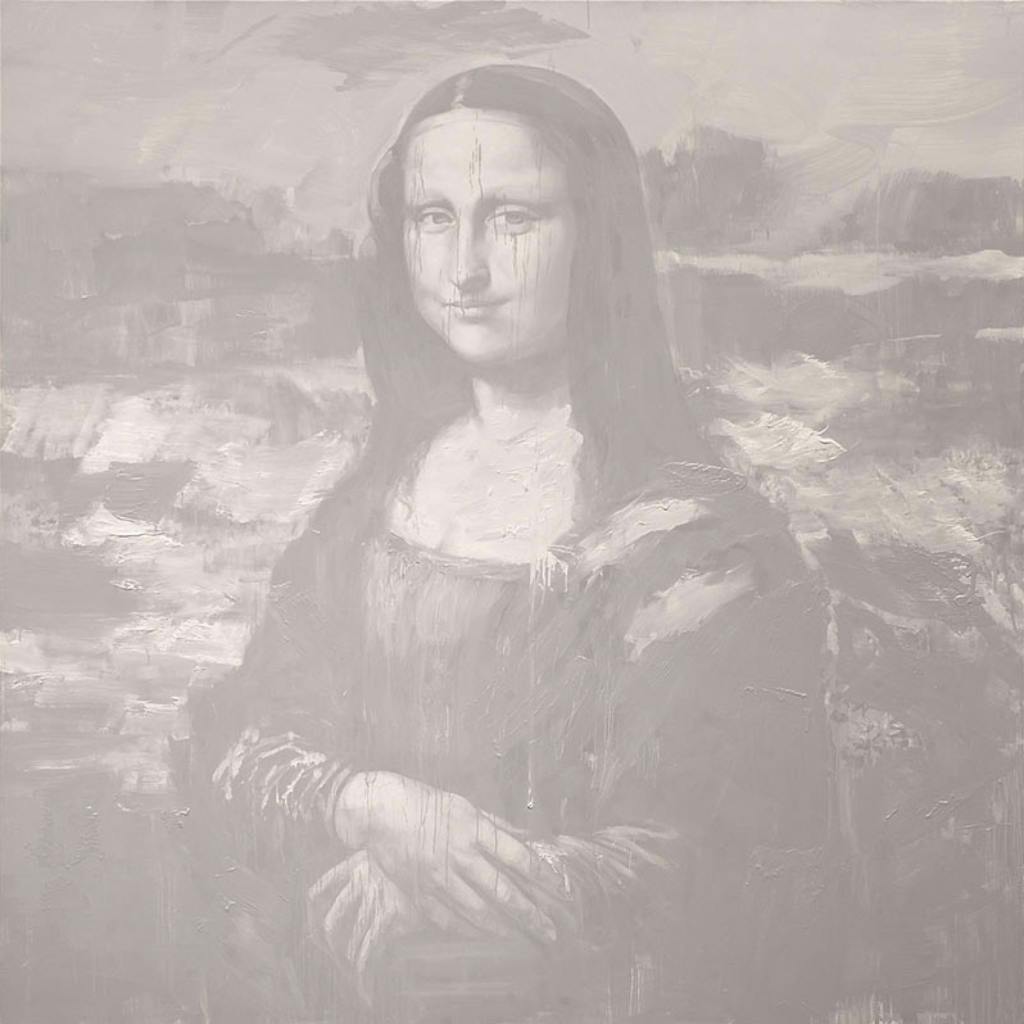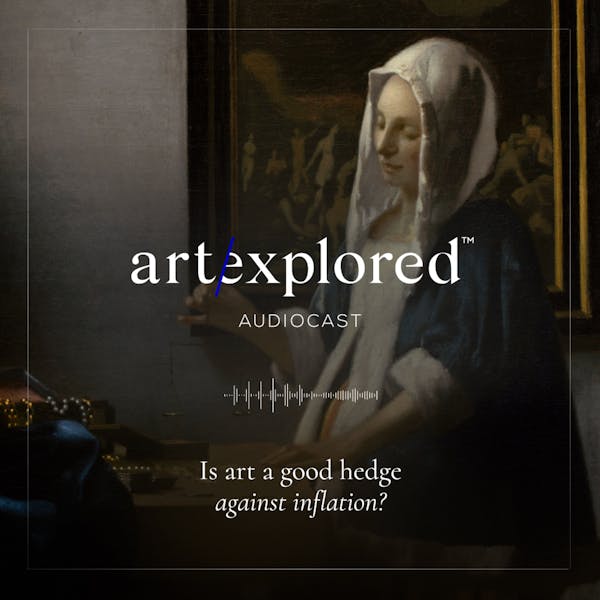The influences of Yan Pei-Ming
The Chinese painter’s iconic figures blur the boundary between real and imagined
By Kala Barba-Court
Known for his large-scale renditions of pop culture icons and public figures including Mao Zedong, Barack Obama, Pope John Paul II, and Bruce Lee, Shanghai-born artist Yan Pei-Ming is considered one of the most dynamic artists of our time. Throughout his career he has often paid homage to past masters he’s admired, rewriting the œuvres of Leonardo da Vinci, Édouard Manet, Matthias Grünewald, and Gustave Courbet on both classic and contemporary levels.
Growing up against the backdrop of the Cultural Revolution in Shanghai through the 60s and 70s, Pei-Ming was a propaganda artist producing Maoist illustrations, portraits, and wall murals. Given his evident budding talent, art school was a natural next step for him, but he was denied entry into a Shanghai institution due to a speech impediment.
As a result, Pei-Ming moved to France from Shanghai in 1980. He was 20 years old, marked by his teen years in China, and receptive to the wealth and availability of Western art in his adopted country. He attended the École des Beaux-Arts in Dijon, gaining international recognition for his portraits of public and anonymous figures which are defined by monochromatic colour palettes, large-scale dimensions, and bold muscular brushstrokes.
Though heavily influenced by Western art, references to his Chinese heritage can often be found in his paintings. Inspired by two cultures, there is a constant element of duality in his work, a push and pull between classical and contemporary, East and West, reality and imagination.

In 2009, Pei-Ming paid tribute to Da Vinci’s Mona Lisa (1503) in Funeral of Mona Lisa, a 2009 solo show commissioned by the Louvre in its efforts to “bring contemporary art face to face with masterpieces of the old.” Though there have been playful iterations of the Mona Lisa throughout history — Duchamp’s moustached version or Warhol’s pop-art prints come to mind – Pei-Ming’s darker, more sombre interpretation is the first to be displayed so close to the original. He presented five paintings for the exhibition, its centrepiece a large-scale rendition of the iconic figure with visible drips streaking down the canvas.
Pei-Ming’s take on another Da Vinci masterpiece, The Last Supper (1495–98), was exhibited in a solo show in Milan’s Massimo De Carlo gallery. The iconic painting translates the solemnity of the original in subdued tones of blues and blacks.
Meanwhile, his homage to Vincent van Gogh shows an exceptional departure from his usual black-and-white palettes. The 2014 show Night of Colours at the Fondation Vincent Van Gogh Arles, presented alongside Bertrand Lavier’s L’affaire Tournesols, features visual narratives that relate to themes of darkness and night, infused with iridescent colours that evoke melodic, nocturnal qualities.
He pivots back to portraiture in It Takes a Lifetime to Become Young (2016), depicting several artists who served as personal influences and inspiration throughout his career. The artist painted younger versions of artists including Pablo Picasso, Egon Schiele, and Frida Kahlo in an attempt to capture the candour, naïveté, and innocence of youth.
Gustave Courbet’s masterpiece A Burial at Ornans (1849–50) is referenced in three paintings prepared for Musée d’Orsay’s 2019 celebration of Courbet’s 200th anniversary. During this time, Pei-Ming’s mother passed away in Shanghai, an event that changed the course of his initial ideas for the exhibit. A Burial in Shanghai (2019-20) embraces the intense atmosphere, religious figures, and personages of the original painting. While maintaining the panoramic format and elemental composition of Courbet’s work, his version deviates into a personal narration of grief, death, and mourning. The crowd wears white – the colour of death in China – and the faces in the crowd are barely recognisable.
Read more
Listen to audiocasts
Discover more artists







